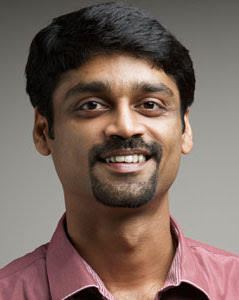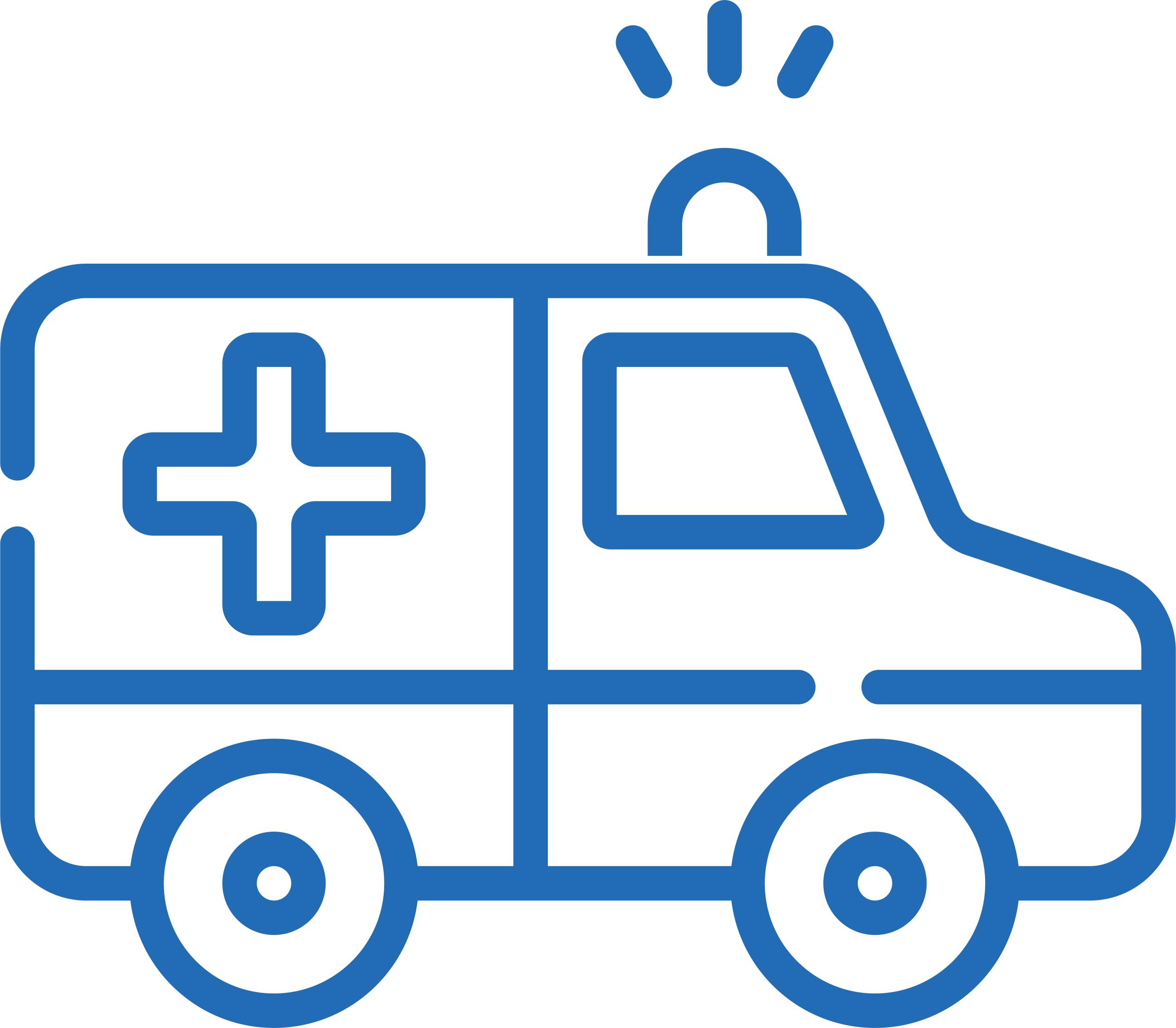Second allotment details of Allied Medical courses – joined and not reported candidates. Joined Candidates, Not Reported Candidates
The second allotment list of nursing courses has been published. B.Sc Nursing, P.B.B.Sc Nursing
Modified BScN rank list as per direction of Admission Supervisory Committe. View Rank List
The second allotment for Allied Medical courses has been published View allotment
Varicose vein; Diagnosis and Treatment
- Dr. Vinayakhram KPS
- 27 October 2020
- Cardiology
Varicose veins are large, swollen veins that often appear on the legs and feet. This happen when the valves in the veins do not work properly. This condition commonly affects the legs because as standing and walking upright increases the pressure in the veins.
If treated at the right time varicose vein can be completely cured.
Symptoms:

Signs and symptoms of varicose vein may include:
- Veins that are dark purple or blue in color
- Veins that appear twisted and bulging; they are often like cords on your legs
- An achy or heavy feeling in your legs
- Burning, throbbing, muscle cramping and swelling in your lower legs
- Worsened pain after sitting or standing for a long time
- Itching around one or more of your veins
- Skin discoloration around a varicose vein
Prevention
Varicose vein is basically an Occupational disease. You can reduce the risk by improving your circulation and muscle tone . Some measures you can take to prevent varicose vein includes:
- Exercising
- Watching your weight
- Eating a high-fiber, low-salt diet
- Avoiding high heels and tight hosiery
- Elevating your legs
- Changing your sitting or standing position regularly
Treatment

Radiofrequency Ablation
Radiofrequency ablation is a minimally invasive treatment for varicose veins, this one of the most modern technique to treat varicose vein and is highly effective. This technique uses radiofrequency energy to heat up and damage the wall inside a vein. This usually closes off a varicose vein in the leg. To treat a varicose vein, radiofrequency energy is directed through a thin tube (catheter) inserted through a small incision in the vein. It can be used on large veins in the leg and can be done in an office setting using local anaesthesia. You will be able to walk following the treatment and recovery typically is short.
Laser treatment.
Doctors are using new technology in laser treatments to close off smaller varicose veins and spider veins. Laser treatment works by sending strong bursts of light onto the vein, which makes the vein slowly fade and disappear. No incisions or needles are used.
Sclerotherapy
In this procedure, your doctor injects small- and medium-sized varicose veins with a solution or foam that scars and closes those veins. In a few weeks, treated varicose veins should fade.
Although the same vein may need to be injected more than once, sclerotherapy is effective if done correctly. Sclerotherapy doesn’t require anesthesia and can be done in your doctor’s office
For further information regarding this please contact at +91 7012907744

Dr.Vinayakhram KPS
Consultant surgeon
Baby memorial hospital
Share Us:

